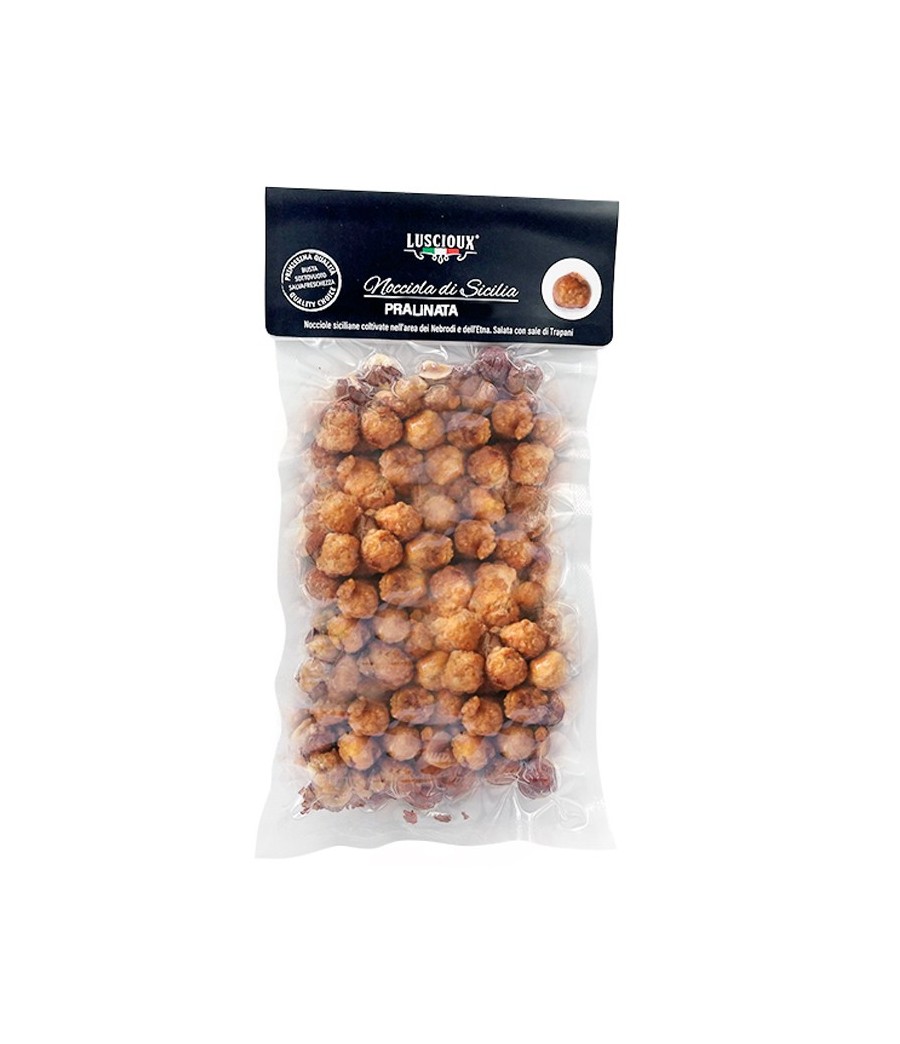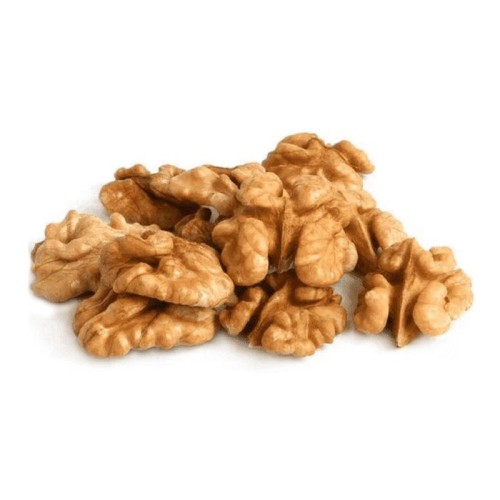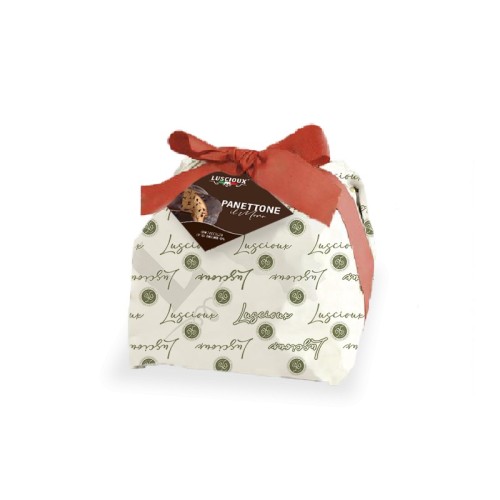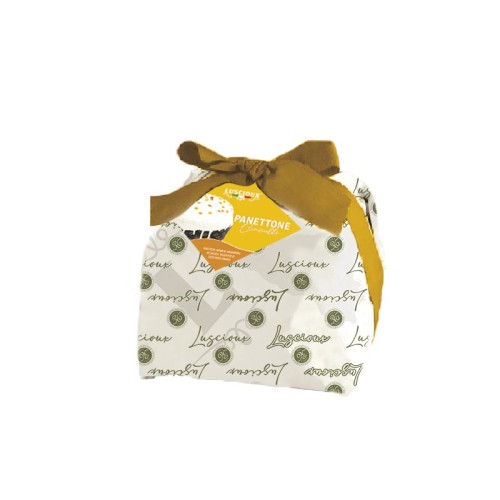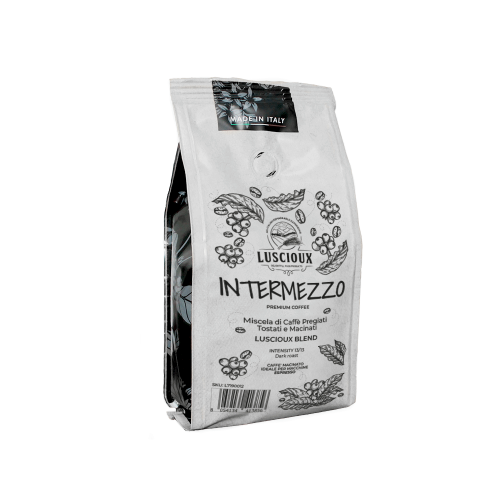Pralined Whole Sicilian Hazelnuts | Vacuum bag of 150 g
Praline Whole Sicilian Hazelnuts are perfect as a snack at all hours of the day
 Security policy
Security policy
Transparency and reliability - Encrypted information (SSL Certificate)
 Delivery policy
Delivery policy
Fast shipping with delivery in 1- 4 working days.
 Return policy
Return policy
24/7
Praline Whole Sicilian Hazelnuts are perfect as a snack at all hours of the day. One leads to another, it seems almost impossible to stop. A product with an unmistakable flavor and aroma. The already very tasty hazelnuts, very fresh and genuine, with the pralining they are a real explosion of taste.
Data sheet
- Product
- Hazelnuts
Specific References
- ean13
- 8054134419469
Nutritional values
| Ingredients | Hazelnuts, sugar, glucose syrup |
| Method of conservation | Keep in a cold and dry place. |
| Nutrition declaration | average values per 100 g: |
| Power | 2205 kJ / 527 kcal |
| Fats | 30.8 g |
| of which saturated fatty acids | 2.6g |
| Carbohydrates | 49.1 g |
| of which sugars | 48.9 g |
| Protein | 9.1 g |
| Salt | 0.02g |
| Directions | May contain other nuts in shell |
| Origin | Sicily |
| Nutrients | |
| Vnr | *Nutritional Reference Value |
| Label and packaging | The images are included for illustrative purposes, the product may undergo changes based on stock availability and the selected weight. |
| Product | Whole praline hazelnuts |
Curiosity
The hazelnut (Corylus avellana) is a plant belonging to the very ancient Betulaceae family, which lives and bears fruit in the wild throughout Europe, especially on the hills and mountain slopes, along paths and streams. In its natural state, the hazel takes on a bushy appearance, with a maximum height of 5-6 m. The leaves are oval-heart-shaped with a serrated margin, about 6-10 cm wide. The flowering period for the hazel is certainly "out of season", as it occurs in the middle of winter. The fruit (the well-known hazelnut) is wrapped in bracts from which it is released when ripe. It is used both in food and in the color industry and in perfumery.
The cultivation is located in four main areas: one of the most important is located on the southern coast of the Black Sea, the second in Italy, the third in Spain and the fourth in the western part of North America.
Hazelnuts are generally eaten dried and lightly toasted to make it easier to remove the surface film and to further develop the aromas they contain.
The major users of hazelnuts are the Swiss (2 kg/person per year), who use them as an ingredient for chocolate.
Every year in Massaquano (NA) on December 12, for the eve of Saint Lucia, the traditional and centuries-old throwing of hazelnuts is held from the roof of the church, adopted as a symbol of the pupils of the eyes, in honor of the saint patroness of sight.
Appreciated by the Greeks and Romans for its nutritious fruit, the hazelnut was considered a plant with beneficial or even magical qualities , so much so that it was frequently associated with mystery and the supernatural: in fact, the wand of the gods, the one used to find water underground, the one for identifying veins of precious metals and for discovering hidden treasures was made of hazelnut wood. In northern Europe it was believed that the core protected from lightning and witches. Hazelnuts were considered by the Chinese one of the 5 sacred nourishments given by God to man and were indicated by the Greek physician Dioscorides as a remedy against the bites of poisonous animals and to cure verminosis, persistent cough and uricemia; in marriage ceremonies they were the emblem of fertility. Virgil recalls that the hazel was honored more than the vine, myrtle and even the laurel; it was considered by the Romans a symbol of peace and reconciliation.
The hazelnut is rich in unsaturated fats , fibers, minerals, vitamins and phytonutrients. For this reason, its regular consumption is generally associated with a reduction in the concentration of cholesterol in the blood and a decrease in cardiovascular risk. Thanks to the high content of Vitamin E, the natural antioxidant par excellence, regular consumption of hazelnut counteracts the action of free radicals, helping to preserve beauty and health.
Energetic, nourishing and remineralizing, the hazelnut is perfect for those who practice sports, those who need a lot of concentration or simply feel "down" both physically and mentally.
Despite the high caloric intake, if taken in the recommended doses - about 15 grams per day - hazelnuts would not cause any weight gain, since they contain many fibers and proteins with a low glycemic index, they promote the sense of satiety by reducing introduction of other calories and leads to an increase in energy expenditure. Furthermore, hazelnuts are particularly appreciable for their lipid profile: about 40% of the lipid content of hazelnuts is made up of monounsaturated fatty acids, with a higher monounsaturated/polyunsaturated ratio compared to almonds and walnuts. These monounsaturated fats help keep LDL cholesterol (so-called "bad" cholesterol) at low levels in the bloodstream, while raising HDL cholesterol ("good" cholesterol) levels.
In a study conducted in New Zealand, a sample of slightly hypercholesterolemic volunteers was taken, asking them to add a quantity of hazelnuts equal to 30 g for 4 weeks to their normal diet. The results showed the positive effect of the consumption of hazelnuts on the lipoprotein profile and on the concentrations of α-tocopherol1.
The hazelnut is included in the list of food allergens (attachment 2 section III of Legislative Decree 109/1992 and subsequent amendments).
1 Tey SL, Brown RC, Chisholm AW, Delahunty CM, Gray AR, Williams-SM. Effects of different-forms of-hazelnuts- on bloodlipids -and-α tocopherolconcentrations- in mildlyhypercholesterolemicindividuals. European Journal of ClinicalNutrition [2011, 65(1):117-124]
Sources
Nutspaper “Hazelnut” 3/2010
Nutspaper "Hazelnuts" 2/2013
History
The praline is a typical sweet snack which was originally composed of hazelnuts and sugar syrup.
Born in France, he was brought to Louisiana by French colonists and became famous among Americans.
Today the praline is made mainly with hazelnuts but also with other types of shelled fruit.
storage
You can store whole praline hazelnuts in cool, dry places, away from sources of heat and humidity. Here are 4 useful tips:
- The ideal condition for maintaining whole praline hazelnuts is in a refrigerated environment . Whole praline hazelnuts can also be stored without problems at room temperature during the winter given the low temperatures. During the summer, on the other hand, it is advisable to keep it in the fridge or in the coolest possible places, as the increase in temperatures could favor the deterioration of the products.
- The ideal container in which to keep the whole pralined hazelnuts is glass . In fact, thanks to its constitution it is impenetrable to chemical and gaseous agents, and having excellent thermal insulating capacity it maintains the initial temperature for a longer time compared to other materials. If the glass is colored, all the better: using colored glass prevents the entry of some wavelengths of light (including ultraviolet light) and therefore some nutritional and organoleptic characteristics remain unaltered.
- The type of closure of the container is also important: an airtight cap ensures that the food is protected from excessive contact with oxygen which can lead to lipid oxidation and which can be essential for aerobic bacteria.
- The environment should always be well ventilated : by ventilating the rooms, the internal humidity that escapes from the window is kept under control, guaranteeing the right balance, which helps to discourage the onset of moulds.
No customer reviews for the moment.

